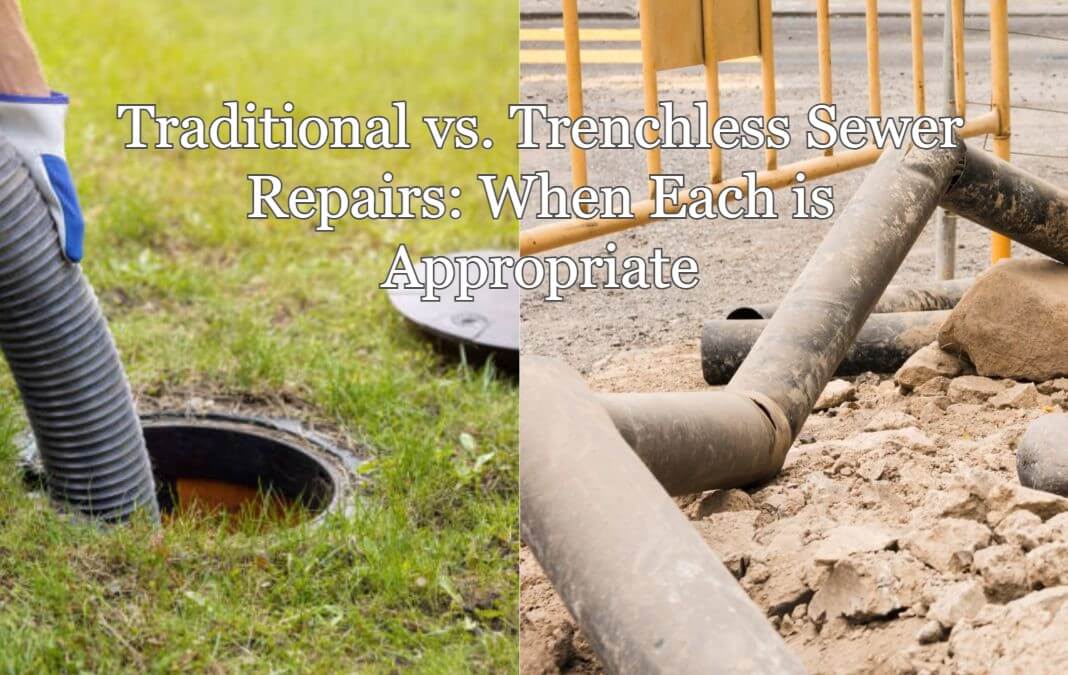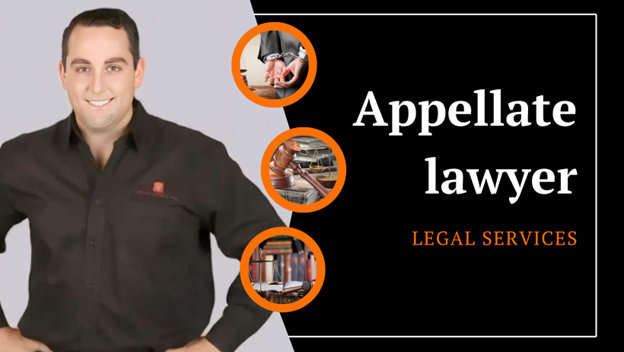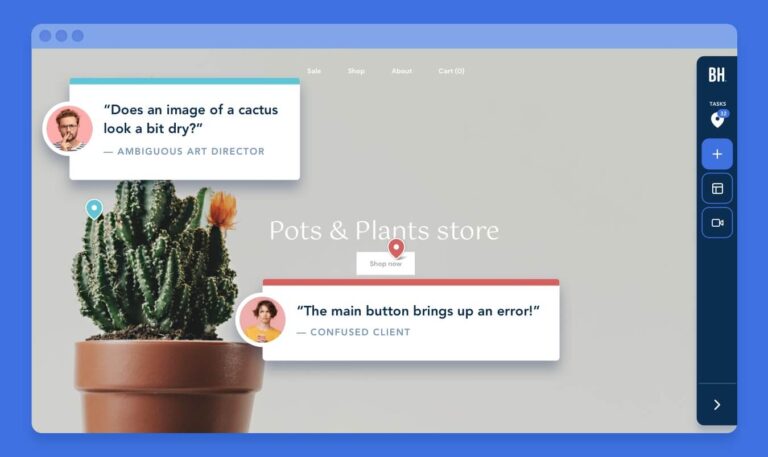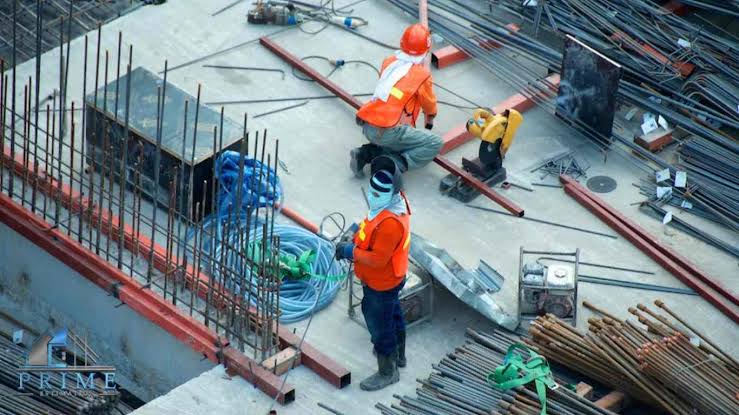Traditional vs. Trenchless Sewer Repairs: When Each is Appropriate
Dealing with sewer issues can be a stressful experience for any homeowner. Understanding the different methods available for sewer repairs can help alleviate some of that stress and ensure you choose the best solution for your situation. Two primary methods for sewer repair are traditional and trenchless techniques. Each has its own advantages and is suitable for different scenarios. Here’s a comprehensive guide to help you understand when each method is appropriate.
Traditional Sewer Repairs
Traditional sewer repairs involve excavating the area around the damaged sewer pipe to access and repair or replace the faulty section. This method has been used for many years and remains a viable option in certain situations.
When Traditional Repairs Are Appropriate
- Severe Damage:
- When the sewer pipes have extensive damage, such as large cracks, significant corrosion, or complete collapse, traditional repairs might be necessary to replace the entire section of the pipe.
- Old Infrastructure:
- In cases where the existing sewer system is very old and made from outdated materials like clay or cast iron, a full replacement might be needed. Traditional repairs allow for the installation of modern, more durable materials.
- Complex Configurations:
- If the sewer system has complex configurations or multiple junctions that are difficult to navigate with trenchless methods, traditional excavation might be the best approach to ensure all connections are properly addressed.
- Tree Root Intrusion:
- When tree roots have heavily infiltrated the sewer line, causing severe blockages and damage, traditional repairs might be required to remove the roots and replace the damaged sections of the pipe.
Advantages of Traditional Repairs
- Comprehensive Solution:
- Traditional repairs provide a thorough solution by completely replacing damaged sections, ensuring the integrity of the sewer system.
- Visibility:
- Excavation allows for a clear view of the entire sewer line, making it easier to identify and address any additional issues.
Trenchless Sewer Repairs
Trenchless sewer repairs are a more modern approach that minimizes excavation and disruption to your property. This method includes techniques like pipe lining (Cured-In-Place Pipe, or CIPP) and pipe bursting.
When Trenchless Repairs Are Appropriate
- Minimal Damage:
- If the sewer pipes have minor cracks, leaks, or isolated sections of damage, trenchless methods can effectively seal and reinforce the existing pipes without the need for extensive excavation.
- Preserving Landscaping:
- Trenchless repairs are ideal for properties with extensive landscaping, driveways, or other structures that homeowners want to preserve. This method requires only small access points, minimizing disruption to the property.
- Time-Sensitive Repairs:
- When quick repairs are necessary, trenchless methods can often be completed more rapidly than traditional excavation. This is particularly useful for emergencies or situations where time is of the essence.
- Cost Considerations:
- While trenchless repairs can have a higher upfront cost, they often save money in the long run by reducing the need for extensive excavation and restoration work. This method is cost-effective for minor to moderate repairs.
Advantages of Trenchless Repairs
- Less Disruption:
- Trenchless methods cause minimal disruption to your property, preserving your landscaping and reducing the need for costly restoration work.
- Faster Completion:
- Trenchless repairs are typically faster to complete, reducing the inconvenience to homeowners.
- Environmentally Friendly:
- This method is more environmentally friendly as it minimizes soil disturbance and waste generation.
Choosing the Right Method
Deciding between traditional and trenchless sewer repairs depends on several factors, including the extent of the damage, the configuration of your sewer system, and your priorities regarding time, cost, and property preservation.
- Consult a Professional:
- The best way to determine the appropriate method is to consult a professional plumber who can assess your specific situation and recommend the most suitable approach.
- Consider the Long-Term:
- Think about the long-term implications of each method. Traditional repairs might offer a more comprehensive solution for severe damage, while trenchless methods provide convenience and minimal disruption for less severe issues.
- Budget and Timeline:
- Evaluate your budget and timeline constraints. While trenchless repairs might have higher initial costs, the reduced restoration expenses and faster completion times can make them more cost-effective in the long run.
Discover the Best Uses for Traditional and Trenchless Sewer Repairs
Both traditional and trenchless sewer repairs have their place in maintaining and restoring your home’s sewer system. Understanding the benefits and appropriate applications of each method can help you make an informed decision that best suits your needs. Whether you require extensive repairs or a quick, minimally invasive solution, consulting with a reliable plumbing professional will ensure that your sewer issues are resolved efficiently and effectively. Remember, addressing sewer problems promptly is crucial to protecting your home and avoiding more significant issues down the line.







